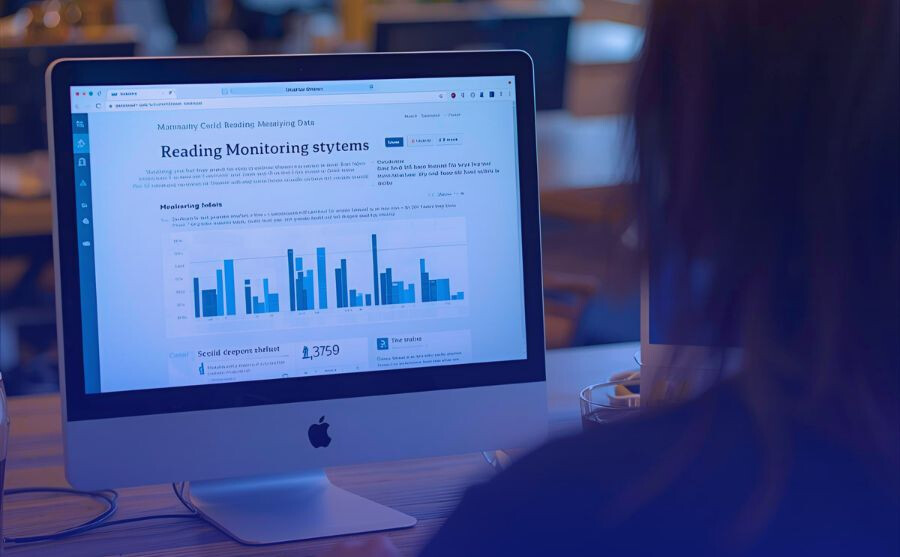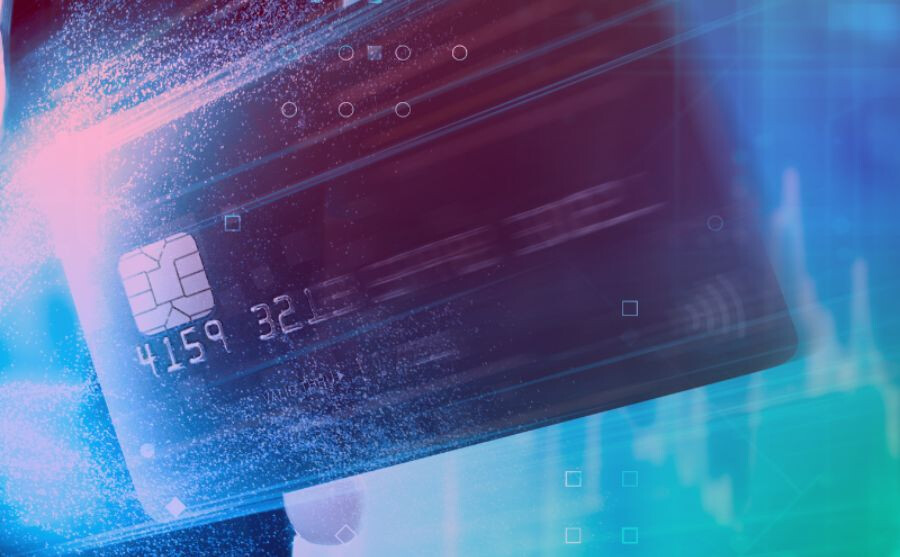

9/29/2025



The management of electricity, gas, water and district heating supplies is one of the key elements in striking a balance between citizens' well-being and the economic sustainability of suppliers. In a global context marked by energy instability, ecological transition and growing attention to energy poverty, the prepayment model is establishing itself as an interesting and, in some cases, necessary alternative.
This article analyses in detail how prepayment works, its prevalence in different international contexts, its advantages and critical issues, as well as the technological, regulatory and social challenges associated with this model.
The prepayment system (also known as pay-as-you-go or advance metering) in utilities requires customers to pay in advance for the service they intend to consume. In practice, users load credit onto an electronic system associated with their supply, and consumption is progressively deducted based on actual usage.
The main components of the system are:
Prepayment in utilities works in several stages. First, after signing the contract, a suitable meter is installed or the existing one is reconfigured so that the service can be activated. From this point onwards, users can top up their credit independently, choosing flexible amounts. The credit is automatically deducted as it is used, and the user can access the data via the meter display, mobile app or web portal. Finally, when the credit runs out, the supply is interrupted until a new top-up is made. In some countries, however, deactivation only occurs during daytime hours or with prior notice.
To give a practical example, a user recharges 20 euros of electricity via the app. The meter consumes credit based on the kWh used. The app sends a warning when the credit falls below 5 euros. If the credit reaches zero, the meter blocks the supply but allows emergency reactivation up to a pre-set limit (e.g. 2 kWh).
United Kingdom
The prepayment system is very widespread in the UK, with over 4 million users (approximately 15% of households). It is often adopted by:
Major suppliers such as British Gas, EDF and E.ON offer Smart Prepay Meters with intuitive apps. The UK government monitors the social impact of the system through bodies such as Ofgem, which impose limits on automatic disconnection and promote the protection of vulnerable customers.
South Africa
One of the first countries to introduce prepaid meters on a large scale, since the 1990s. Over 70% of urban and peri-urban households use the system, mainly for electricity. It has been instrumental in:
Nigeria
In the context of an unstable energy infrastructure with high non-technical losses (theft, evasion), the government has promoted the roll-out of smart prepaid meters. However, distribution is still partial and there are problems related to:
India
Expanding: municipalities in cities such as Delhi, Mumbai and Ahmedabad are testing prepaid systems for water and electricity. The Indian government has promoted the ‘Smart Meter National Programme’ initiative, which includes a prepaid function to combat arrears and encourage virtuous consumption behaviour.
Latin America and other contexts
In countries such as Mexico, Brazil, Kenya and the Philippines, prepayment is also used to extend supplies to rural or peripheral areas that are difficult to serve in a conventional manner.
Prepayment offers several advantages for users and DSOs. Specifically, for users, the advantages are:
For operators, on the other hand, the advantages translate into:
In Europe and other OECD countries, regulators (such as Ofgem in the United Kingdom, ARERA in Italy, ACER at European level) impose strict constraints on the indiscriminate use of prepayment, requiring, for example, early warning mechanisms (text messages, emails, notifications), periods of “minimum protection” during adverse weather conditions, mandatory emergency credit, facilitated access to top-ups and guarantees for vulnerable consumers (disabled, elderly, chronically ill). This increases the social sustainability of the service, ensuring transparency and ease of access for all.
The future of prepayment is closely linked to the energy transition. With the increase in renewable energy, price variability and the need for demand flexibility, prepayment models integrate well with tools such as demand response, dynamic pricing, storage and local microgrids.
The use of apps, QR codes, blockchain and AI makes the user experience increasingly fluid and personalised, while from a social inclusion perspective, hybrid prepaid models could be used in programmes to combat energy poverty, ensuring secure access, cost control and incentives to save.
The prepayment system in utilities is a valid and potentially advantageous option, but it must be implemented with care. While it can bring efficiency and sustainability, it can also generate new forms of exclusion if not accompanied by adequate safeguards and accessible technologies.
International experience shows that, with a solid regulatory framework and well-designed infrastructure, prepayment can become a strategic lever for both suppliers and consumers, particularly in terms of sustainability, innovation and individual empowerment.

Want to know more?
We’d be happy to talk more in detail about your needs and explore how we can become your ideal partner, to assist you in your business venture of innovation, digitization and sustainability